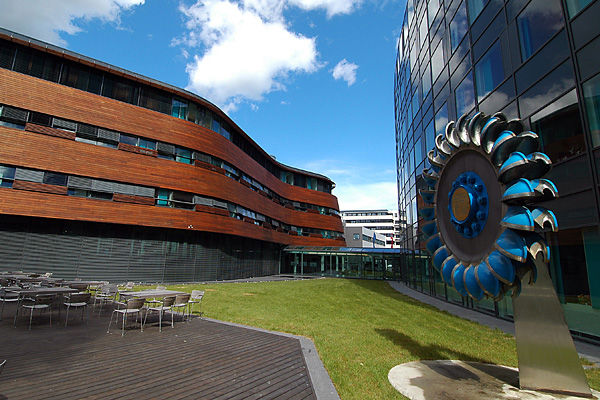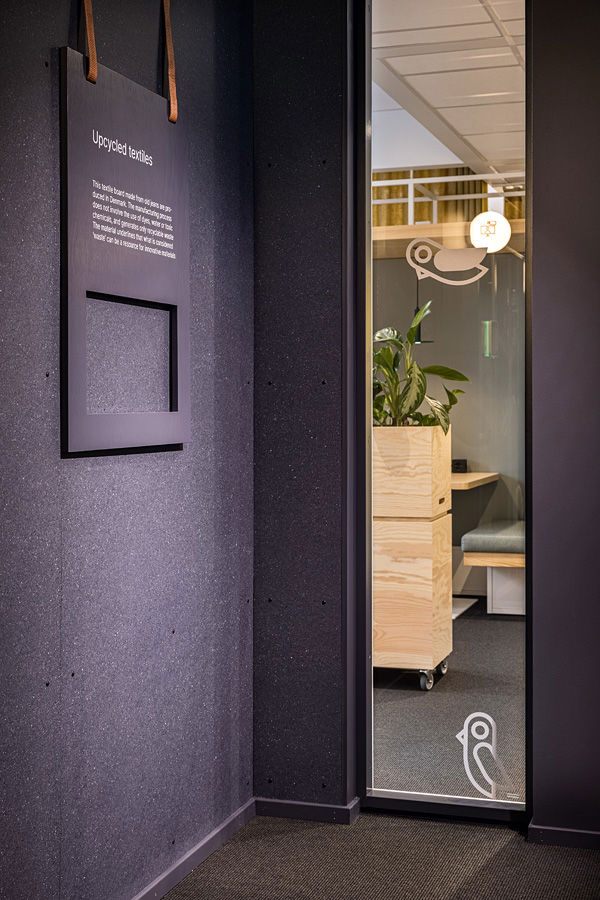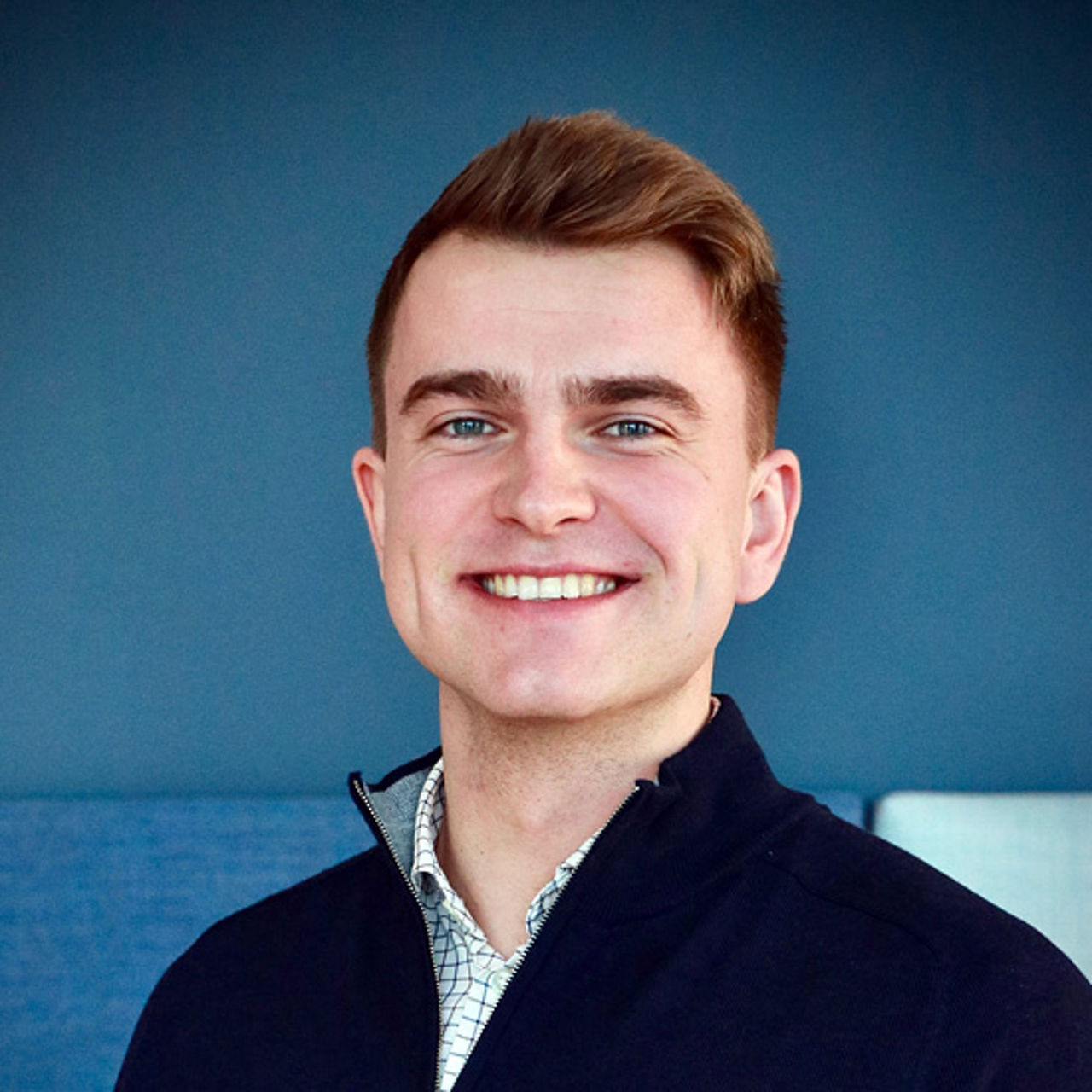The Statkraft Space project marked the end of sterile office environments for employees in one of Statkraft’s business areas at the headquarter in Oslo, and it will serve as a source of inspiration and information in future workspace projects.
A place where people can do their best work
A place where people want to be: When employees give away their own desk to free seating, they get a broader range of choices in return. A coffee chat can now happen in comfortable, lush seating areas, and a timeout might take place in front of the fireplace.
Statkraft’s ‘Space’ project set out to meet the company’s growing space needs at the headquarter in Oslo, achieve high sustainability ambitions and create a place where people thrive.
In the late-1990s cult classic Office Space, lead character Peter has a revelation about his life at work. He sums up the ethos of the film in a single sentence:
“Human beings were not meant to sit in little cubicles staring at computer screens all day, filling out useless forms and listening to eight different bosses drone on about mission statements.”
Statkraft’s own ‘Space’ project at the company's office building in Oslo isn’t in any way affiliated with the movie, but is nonetheless well aligned with the moral of the story.
Work should be something you enjoy, and the space you do it in should be designed to meet the many varied needs of human beings.

Space project meets pandemic
Statkraft began taking a critical look at their Oslo-based office space in 2019, when the European Wind and Solar business area started to experience some growing pains.
The facilities management leader, Erling Sundnes, was tasked to figure out how to accommodate the increasing number of employees and create a space that helps them work more effective and better and even enjoy themselves more at work.
“We set out to tackle two floors in one of our buildings, which were outfitted at the time with some cell offices and open landscapes filled with desks,” explains Sundnes.

Then the Covid pandemic hit the society with restrictions, closed common areas and demands for work in home office. It also had consequences for the implementation of the Space project. Erling Sundnes and the team were forced to re-evaluate their thinking about the space in light of the unprecedented situation.
“We grew even more confident during the pandemic that our proposed space changes were good for people. It’s not a new thing or a Covid-thing that people are away from their desks or need different types of environments for different types of work. I think we all just became more aware of it during the pandemic,” he says.
Introducing meeting rooms without doors: One of the new solutions being tested in Statkraft's Space project in Oslo, is meeting rooms without a door, yet soundproof. Sensors and usage logs give the company's facility team important insights into how the space is used.
Where people want to be
Statkraft’s Space project marked the end of the sterile office environment for this business area. The days of white walls and black carpet were over, and more controversially, it was the end of the ‘one desk per employee’ era.
“We designed different zones to meet different needs. We have some more private areas for concentration. We have spaces for easy Teams meetings, along with a few traditional meeting rooms. And we have zones much like the former open landscapes, but outfitted as more of an activity zone, where talking, engaging, collaborating and so on can easily take place,” says Sundnes.
Great workspaces are not only about finding the right place to sit, according to Hans Kristian Lange, head of Statkraft's Global People Experiences unit, thereunder facility management.
"Great workspaces are about having a good experience in the office, boosting engagement and well-being at work. The flexible solutions aim to both provide the facilities needed for our tasks, as well as to encourage informal meetings, collaboration, and physical and mental health," says Lange.

Sustainability is top of mind
From the start, the Space project had climate top of mind. The ambition was to reuse as much of the building material as possible, aiming for at least 40 per cent higher re-use levels than in their previous project.
According to Erling Sundnes, this goal was surpassed.
“In the end we managed to reuse 50 per cent more materials than we did in our last project. We put this high on the agenda for contractors, and together we explored how to reduce waste, reduce emissions, and reduce costs. Next time, we will aim for 60-70 per cent more reuse!”
With the focus on reuse and sustainability, sofas were saved and simply recovered with new fabric. The kitchen was kept and new doors put on to freshen it up. Other materials were repurposed and if one couldn’t be found, the material was sold off or donated to another project.
“It’s a new way to think,” says Sundnes, “and it is an important element for all of our projects from now on.”
Employees have been using the new work areas for a while, experimenting with the space and how it suits their needs. Here’s what some of them had to say about the changes:

Silvia Brown Bergly, a strategy advisor, started in Statkraft in September 2020, following her graduation from university. She spent much of her first year in the company working from home due to Covid restrictions, which meant that the new workspace was her first in-office workspace.
“One of the things I appreciate the most is that the nice office space motivates people to come in every day, creating a social arena at work where people sort of ‘group together’ since we have free seating.”

Henrik Moldestad, a public affairs advisor, agrees with Silvia on the benefits of the open landscape.
“I think it’s especially nice that we don’t have fixed places, and that the open landscape is a place where we can collaborate and discuss. This strongly contributes to us becoming better acquainted with each other both within and across teams. It also strengthens unity in our business area. Personally, I am a supporter of having a certain noise level. It gives more life to the office!”
A reference case for the future of workspaces
Statkraft’s Space project is not only getting notice by the employees filling its four walls, but also from the outside world, with sustainable building solutions in high demand.
Norway’s Statsbygg, the entity behind most of the building projects for the country’s state-owned companies, took an interest and are now using Statkraft's Space project as a reference case for their own activities.
“The greatest win for us is that we have made a space that makes our employees feel good. We learned a lot about sustainability along the way, and we will continue to seek solutions that keep our impact to a minimum and our employees’ enjoyment to a maximum,” says Erling Sundnes.

The world needs renewable energy – we need you
As a leading renewable energy producer, we depend on the dedicated people who want to shape the future with us. Are you ready to make a difference?